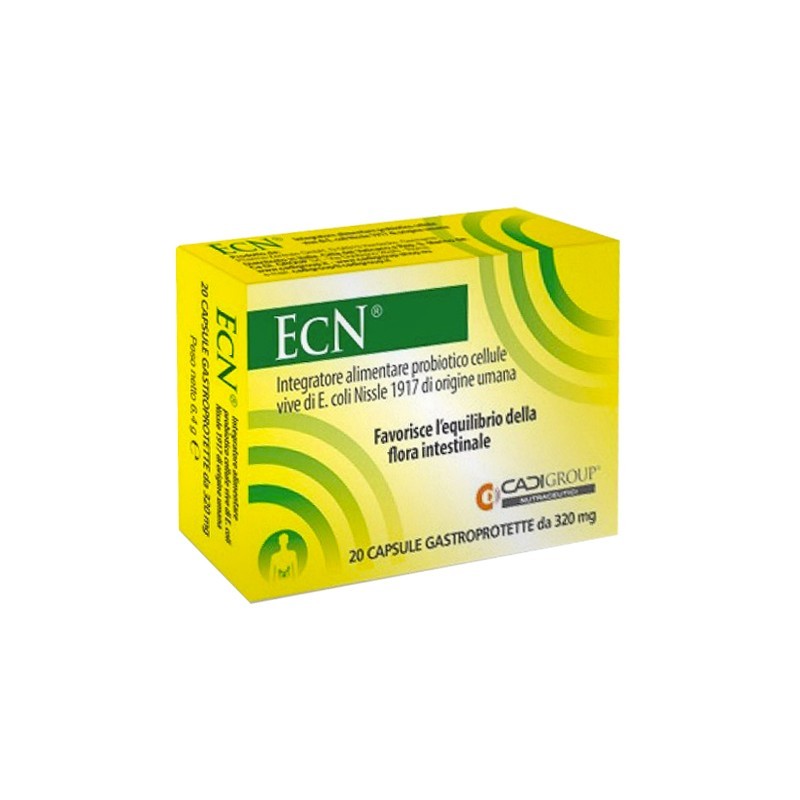
If you are having trouble logging in to your account with TreasuryDirect, you may need to change your bank account. To do this, you'll need your bank's routing number, which is a nine-digit number. This number can also be found in an email from TreasuryDirect. You will need this number to log in to your account and start using the services.
Problems logging into treasurydirect
If you have problems logging in to TreasuryDirect there are some things you could try. First, make sure that you have registered your computer for TreasuryDirect. To log in, you'll need an OTP if you aren't registered. Once you click "Submit", your account number will be entered. You will then receive an OTP (One-Time Passcode). After entering it, you will need it to be entered into the appropriate field of the website.
Next, verify your bank account details. TreasuryDirect users typically submit their bank account information when signing up for the service. If these details change, they may have to submit additional paperwork. This paperwork is called a "Sign Guaranteed Seal," and it is used to prevent identity fraud. Link your TreasuryDirect account to another account you are planning to keep open for long periods of time.

Changing bank account
You can change the online features of your bank's current account by using the TreasuryDirect login. This service provides a range of convenience features including a variety language options and a simple paper form. To change your account, you can either choose your primary bank account or designate another one via email or phone. These steps will allow you to change your account information.
First, choose a password. You must choose a password that is unique. Don't forget to include your personal information. You will be asked three security questions after you have chosen a password.
Setting up an account
In just a few steps, you can create a TreasuryDirect account. First, you will need a password and security questions. It's important to keep your password unique. Put a stop to your password in case someone finds it. These holds block other users' access to your account.
Next, you will need to select a password at least eight characters in length. It is possible to use both numbers and letters. However, you should avoid using special characters like "#".. Easy to remember is also a key consideration. As an example, you might use a caption or image to aid your memory. You'll also need to choose a limit on how much money you want to spend per calendar year.

Redeeming a savings bond
You can redeem savings bonds online through TreasuryDirect. However, there are some steps you need to follow before you can redeem one. Registering your bond is the first step. This will help you determine who will get the interest, and who can cash it. Registering your savings bonds ensures that they will be paid in the event of death. Your savings bond can be registered online or over the counter in a financial institution.
It's very simple. First, you must ensure that you have valid account numbers. Log in to TreasuryDirect. You can also verify your identity using your email address and password. This will ensure your account is secure from identity theft.
FAQ
Why is it important to have marketable securities?
An investment company's main goal is to generate income through investments. It does this through investing its assets in various financial instruments such bonds, stocks, and other securities. These securities have certain characteristics which make them attractive to investors. They are considered safe because they are backed 100% by the issuer's faith and credit, they pay dividends or interest, offer growth potential, or they have tax advantages.
Marketability is the most important characteristic of any security. This is the ease at which the security can traded on the stock trade. Securities that are not marketable cannot be bought and sold freely but must be acquired through a broker who charges a commission for doing so.
Marketable securities can be government or corporate bonds, preferred and common stocks as well as convertible debentures, convertible and ordinary debentures, unit and real estate trusts, money markets funds and exchange traded funds.
These securities are often invested by investment companies because they have higher profits than investing in more risky securities, such as shares (equities).
How can I select a reliable investment company?
Look for one that charges competitive fees, offers high-quality management and has a diverse portfolio. Commonly, fees are charged depending on the security that you hold in your account. Some companies charge nothing for holding cash while others charge an annual flat fee, regardless of the amount you deposit. Some companies charge a percentage from your total assets.
You should also find out what kind of performance history they have. If a company has a poor track record, it may not be the right fit for your needs. Avoid low net asset value and volatile NAV companies.
Finally, it is important to review their investment philosophy. An investment company should be willing to take risks in order to achieve higher returns. If they are unwilling to do so, then they may not be able to meet your expectations.
How Does Inflation Affect the Stock Market?
Inflation can affect the stock market because investors have to pay more dollars each year for goods or services. As prices rise, stocks fall. It is important that you always purchase shares when they are at their lowest price.
What are the benefits of stock ownership?
Stocks are more volatile than bonds. The stock market will suffer if a company goes bust.
However, share prices will rise if a company is growing.
To raise capital, companies often issue new shares. This allows investors buy more shares.
Companies use debt finance to borrow money. This allows them to get cheap credit that will allow them to grow faster.
If a company makes a great product, people will buy it. As demand increases, so does the price of the stock.
As long as the company continues to produce products that people want, then the stock price should continue to increase.
Who can trade in the stock market?
The answer is yes. Not all people are created equal. Some have greater skills and knowledge than others. They should be rewarded for what they do.
Other factors also play a role in whether or not someone is successful at trading stocks. If you don’t have the ability to read financial reports, it will be difficult to make decisions.
So you need to learn how to read these reports. It is important to understand the meaning of each number. You must also be able to correctly interpret the numbers.
If you do this, you'll be able to spot trends and patterns in the data. This will help you decide when to buy and sell shares.
You might even make some money if you are fortunate enough.
How does the stock markets work?
You are purchasing ownership rights to a portion of the company when you purchase a share of stock. A shareholder has certain rights. A shareholder can vote on major decisions and policies. He/she may demand damages compensation from the company. The employee can also sue the company if the contract is not respected.
A company cannot issue more shares than its total assets minus liabilities. This is called "capital adequacy."
A company that has a high capital ratio is considered safe. Low ratios make it risky to invest in.
Statistics
- The S&P 500 has grown about 10.5% per year since its establishment in the 1920s. (investopedia.com)
- Individuals with very limited financial experience are either terrified by horror stories of average investors losing 50% of their portfolio value or are beguiled by "hot tips" that bear the promise of huge rewards but seldom pay off. (investopedia.com)
- Even if you find talent for trading stocks, allocating more than 10% of your portfolio to an individual stock can expose your savings to too much volatility. (nerdwallet.com)
- "If all of your money's in one stock, you could potentially lose 50% of it overnight," Moore says. (nerdwallet.com)
External Links
How To
How to Trade in Stock Market
Stock trading is a process of buying and selling stocks, bonds, commodities, currencies, derivatives, etc. Trading is French for "trading", which means someone who buys or sells. Traders buy and sell securities in order to make money through the difference between what they pay and what they receive. It is one of the oldest forms of financial investment.
There are many different ways to invest on the stock market. There are three basic types: active, passive and hybrid. Passive investors do nothing except watch their investments grow while actively traded investors try to pick winning companies and profit from them. Hybrid investors take a mix of both these approaches.
Index funds that track broad indexes such as the Dow Jones Industrial Average or S&P 500 are passive investments. This approach is very popular because it allows you to reap the benefits of diversification without having to deal directly with the risk involved. You just sit back and let your investments work for you.
Active investing is about picking specific companies to analyze their performance. The factors that active investors consider include earnings growth, return of equity, debt ratios and P/E ratios, cash flow, book values, dividend payout, management, share price history, and more. They then decide whether they will buy shares or not. If they feel that the company is undervalued, they will buy shares and hope that the price goes up. If they feel the company is undervalued, they'll wait for the price to drop before buying stock.
Hybrid investing combines some aspects of both passive and active investing. Hybrid investing is a combination of active and passive investing. You may choose to track multiple stocks in a fund, but you want to also select several companies. You would then put a portion of your portfolio in a passively managed fund, and another part in a group of actively managed funds.